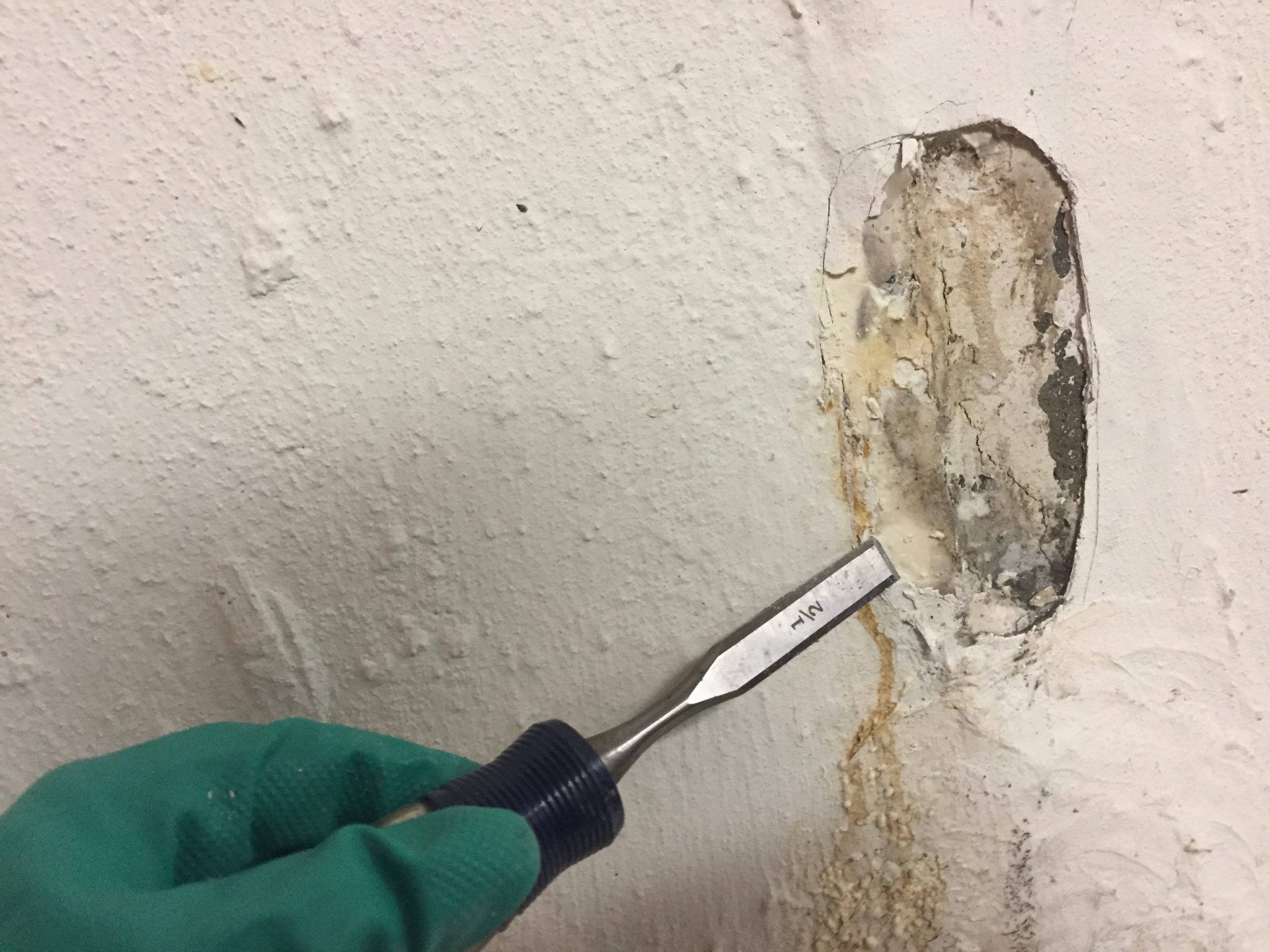Welcome to my basement repair guide, where I’ll reveal the secrets to banishing those pesky basement leaks and reclaiming your dry, comfortable living space. Brace yourself for a journey into the world of waterproofing and drainage, as we explore the causes, solutions, and expert advice to get your basement shining again.

Image: weekendbuilds.com
Understanding Basement Leaks: The Culprit Revealed
Before we dive into the fix, let’s identify the culprit behind your leaky basement walls. Water finds its way in through cracks, gaps, and porous concrete, often due to hydrostatic pressure, where water pushes against the walls from outside. Other culprits include faulty drainage systems, clogged gutters, and improper grading around the foundation.
Cracks in Basement Walls: Caulking and Sealing
Cracks in basement walls are common entry points for water. To seal them, grab a hydraulic cement compound and follow these steps:
- Clean the crack thoroughly to remove dirt and debris.
- Widen the crack slightly with a chisel to ensure the cement penetrates deep inside.
- Mix the hydraulic cement according to the manufacturer’s instructions.
- Force the cement into the crack using a trowel or putty knife, smoothing it flush with the wall.
Gaps in Basement Walls: Backer Rod and Sealant
If you encounter gaps where pipes or wires pass through the wall, backer rod and sealant come to the rescue:
- Choose a backer rod slightly larger than the gap.
- Insert the backer rod into the gap, compressing it firmly.
- Apply a high-quality sealant over the backer rod, filling the gap completely.

Image: www.all-about-the-house.com
Porous Concrete Walls: Waterproofing Membrane
Porous concrete walls allow water to seep through. Combat this with a waterproofing membrane:
- Clean the wall surface and remove any loose debris.
- Apply a primer to the wall to improve adhesion.
- Roll out the waterproofing membrane and press it firmly against the wall, overlapping seams as per the manufacturer’s instructions.
- Seal the edges of the membrane with caulk or sealant.
Exterior Drainage: French Drains and Sump Pumps
Addressing exterior drainage is crucial to prevent water buildup around the foundation. Consider these solutions:
- French Drains: Dig a trench around the perimeter of your basement, line it with gravel, and install a perforated pipe to collect and divert water away from the walls.
- Sump Pumps: Install a sump pump in a low point of your basement to pump out any water that may accumulate.
Expert Advice: Pro Tips for Leak-Free Basements
Consult with a waterproofing expert for professional advice. Here are their top tips:
- Regular Maintenance: Regularly inspect your basement walls for cracks and gaps, and seal them promptly.
- Proper Drainage: Ensure gutters and downspouts are clean and direct water away from the foundation.
- Foundation Grading: Grade the soil around your foundation to slope away from the house, preventing water accumulation.
FAQ: Your Basement Leak Questions Answered
Q: What is hydrostatic pressure?
A: Hydrostatic pressure is the force exerted by water against a surface, increasing with depth.
Q: Can I repair basement leaks on my own?
A: Small leaks can be repaired with DIY methods. However, larger leaks or those caused by structural issues require professional assistance.
Q: How do I prevent future basement leaks?
A: Regular maintenance, proper drainage, foundation grading, and waterproofing measures can help prevent future leaks.
How To Fix A Leaking Basement Wall
Conclusion: Your Path to a Dry Basement Awaits
Remember, fixing a leaking basement wall is a multifaceted endeavor. By understanding the causes, implementing the solutions outlined above, and heeding expert advice, you can restore your basement to its pristine, dry condition. Invest in a dry, healthy living space where you and your family can thrive. Is the prospect of a leak-free basement enticing you to embark on this repair journey?